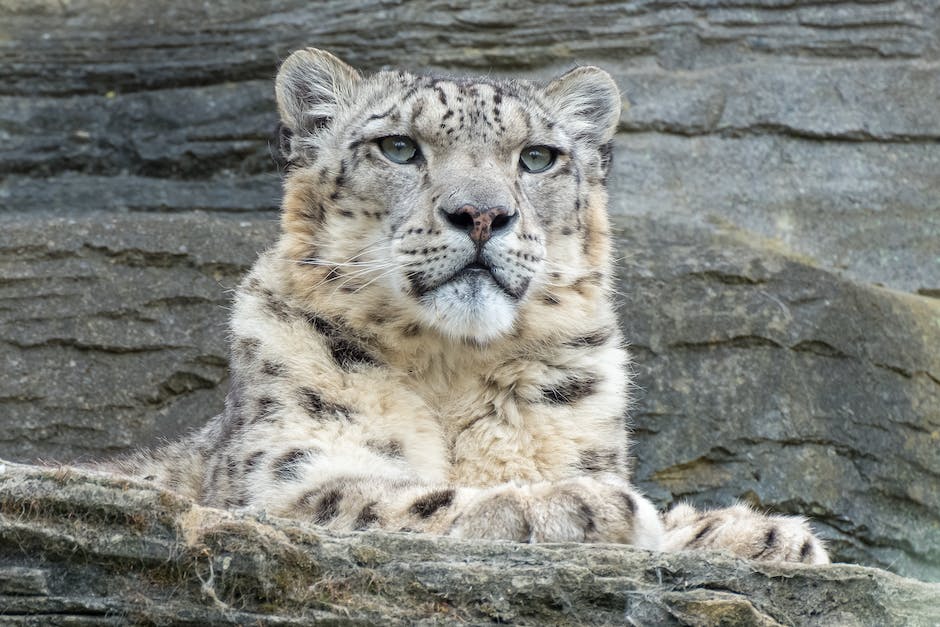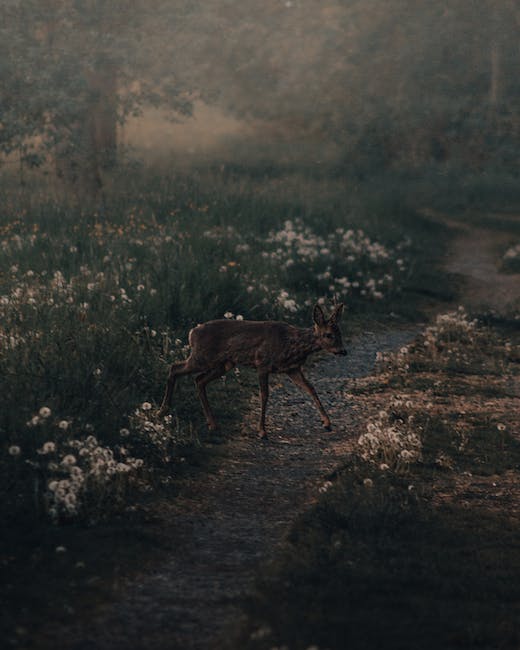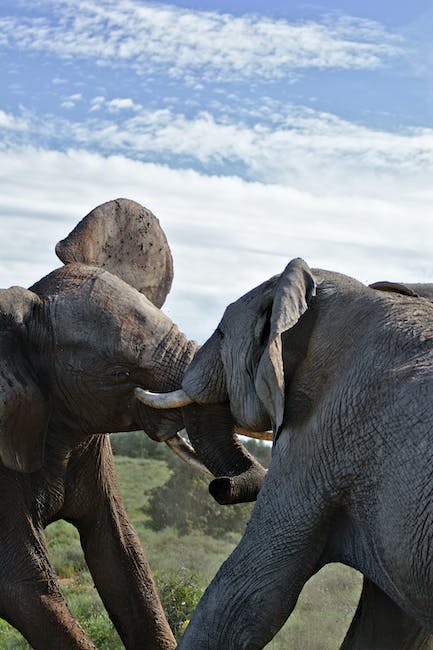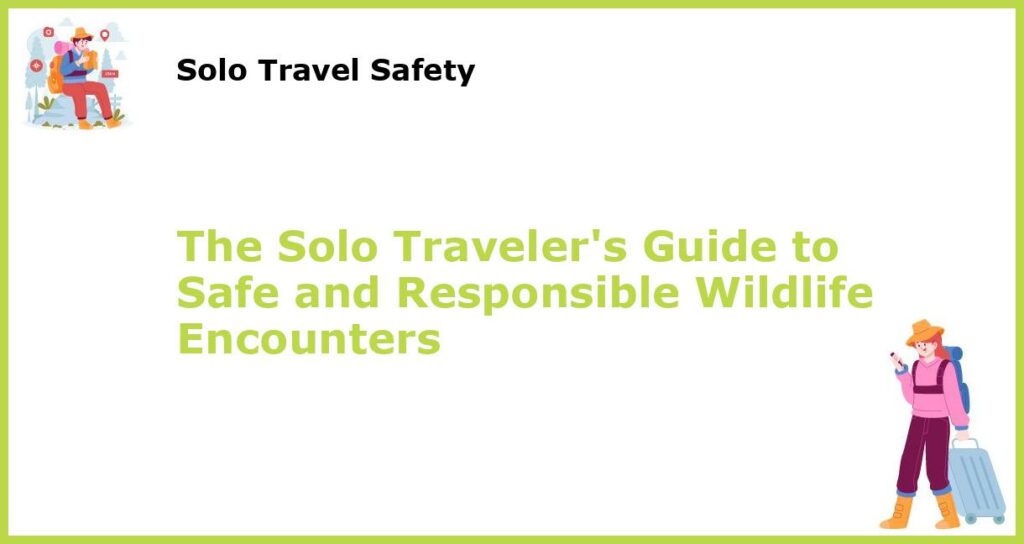The thrill of experiencing wildlife in its natural habitat is an experience like no other. Whether it is a safari or a hike, interacting with animals in their natural environment is fascinating. However, it is important to remember that interactions with wild animals can also be dangerous. To prevent any harm to yourself or the animals, it is essential to take some necessary precautions. Here are ten tips to remember while preparing for your wildlife encounter.
Research the species and pack appropriately

Having an understanding of the species you are likely to encounter is crucial. This will help you to comprehend their behavior patterns, potential dangers, and habits, increasing the chances of a safe encounter. Additionally, it is vital to pack appropriate gear for your adventure. This may include sturdy shoes, sunscreen, insect repellent, and a first aid kit. Therefore, prior research and planning are essential to ensure a successful wildlife encounter.
Maintain a safe distance at all times

Although you may be tempted to get closer to the animals, maintaining a safe distance is crucial for your safety. Always respect the animals’ personal space and avoid getting too close. This is particularly important during mating and feeding seasons when animals become more aggressive. Keep in mind that these are wild animals, and their behavior can be unpredictable, making you vulnerable.
Watch from a safe location

Watching from a safe location can help prevent dangerous encounters. For some species, such as bears, lions, and crocodiles, it is safer to watch them from a distance, or from the safety of a vehicle. This tactic ensures that you do not unknowingly enter their personal space and put yourself in harm’s way. Remember to follow all park rules, stay a safe distance away, and keep your car windows closed when observing wildlife from your vehicle.
Avoid feeding the animals

Feeding animals is dangerous and can disrupt their natural diets, behaviors, and ecosystems. Feeding animals can also condition them to have aggressive or dangerous behaviors towards humans, leading to attacks that endanger yourself and other visitors. It is, therefore, important to never feed wild animals.
Respect their homes and habitats

Wildlife animals require their habitats and homes to survive and thrive. When visiting these habitats, it is important to avoid littering, polluting, or otherwise disrupting their natural space. Stay on designated trails and do not bring any invasive species with you. Doing so can negatively impact their habitat and make them vulnerable to other natural and unnatural disasters.
Observe from a distance without interfering

As previously mentioned, maintaining a safe distance is crucial for your safety and the animals. Despite their beauty and curiosity, do not attempt to touch, approach, or chase them. Respect the animals and their habitats by observing them from a safe distance without interfering with their natural behaviors.
Avoid using flash photography

Excessively using flash photography can damage the animal’s eyes and cause unnecessary stress. It is important to be mindful of how your actions will impact the animals’ eyes and environment. Avoid using flash when taking pictures of them and always be conscious of your distance and the environment in which you are taking photos. It is essential to take pictures without disturbing the wildlife’s living situation.
Respect the park’s rules and regulations

When visiting wildlife parks or reservations, familiarize yourself with their rules and regulations. Follow their instructions and guidelines on how to observe wildlife safely and behave responsibly while visiting their area without disturbing the animals or other visitors. These rules exist for a reason and should be followed accordingly.
Mind the environment

Remember that you are visiting the animal’s home. Be mindful of your actions and how they may impact the environment around you. Avoid littering, polluting, or causing any unnecessary damage to the habitat. Remember to follow the “leave no trace” principle, leaving everything as you found it.
Consult with an expert

When in doubt, it is always best to consult an expert. If you are not sure about how to handle a particular wildlife encounter, seek advice from a local wildlife guide, park ranger, or conservationist who can provide guidance on the ideal way to safely observe the particular species. This advice can be valuable in ensuring a responsible and safe wildlife encounter for both you and the animal.








 You might also be interested in those articles related to solo traveling
You might also be interested in those articles related to solo traveling